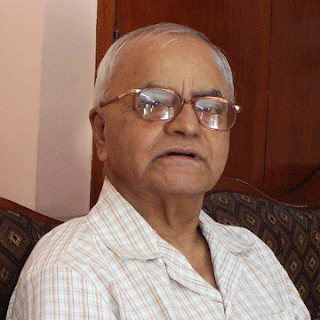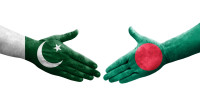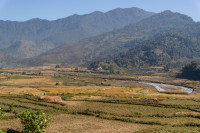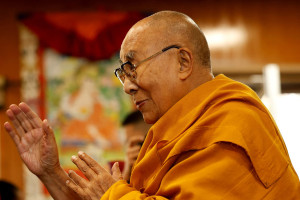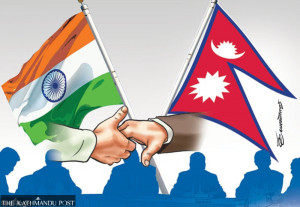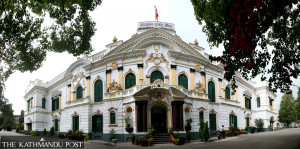Columns
Limits of foreign policy
Nepal’s momentary power politics with its neighbours can become counterproductive for bilateral relations.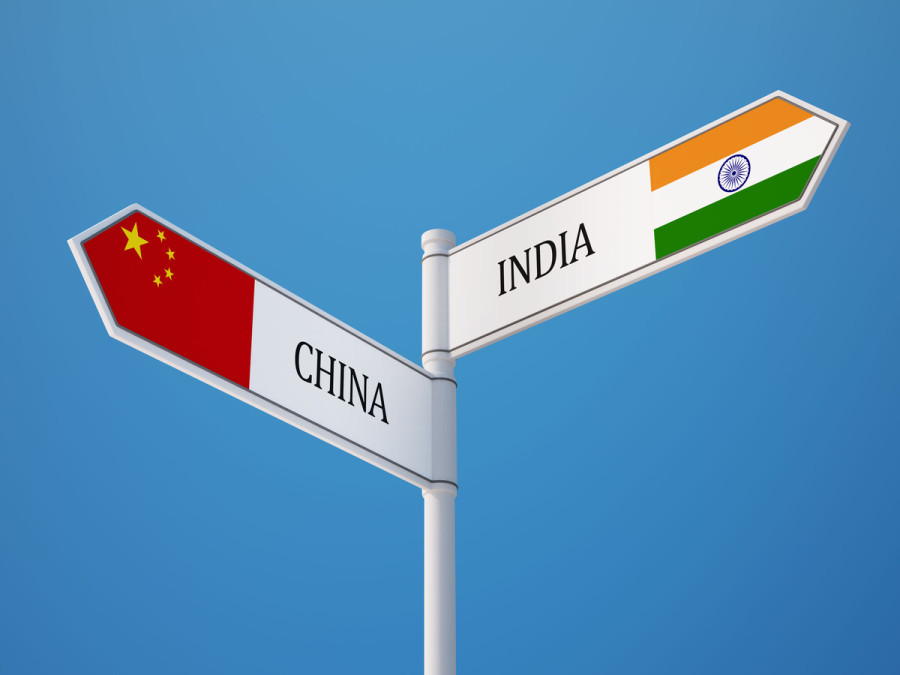
Lok Raj Baral
Has Nepal’s foreign policy reached a dead end? What innovations can be made to redeem such apprehension and recalibrate to adjust to emerging dimensions and contexts? The heyday of foreign policy options has drastically shrunk in recent years, thanks to the changed international context, as was evident during the post-Second World War period that had allowed smaller powers to rub shoulders with other great and medium powers. The role of small powers in world politics was reckoned with rival powers trying to garner the support and sympathy, at a time when such favour was counted for scoring popularity.
Nepal’s traditional approach to foreign policy was determined by certain factors that were/are either perennial or are being supplanted by the new contours of today’s world political context. Nevertheless, despite many changes in its neighbourhood, geography continues to be a determinant of its present situation.
The limits, if not the end of foreign policy, are both contextual and failures of political elites to redesign for identifying national priorities. That much-needed interdependence and interactions with other countries have diminished after the end of the Cold War; new approaches were lacking for adjustment. So Nepal’s International presence also remains formal. The much-touted non-aligned movement, with which countries other than those members of power blocs could enhance their bargaining capacity vis-à-vis the big powers, has ended.
The United Nations, which added symbolic status to lesser powers, has been stymied in recent years, leaving space entirely to dominant world powers. The rise of Donald Trump in US politics has increased the scope of disorder in the world. China, as an emerging power, has yet to position itself as the countervailing force to the US. The multiple assaults that President Trump has been unleashing to disturb both domestic politics and world order are likely to boomerang in the longer run because the US cannot alone manage the world. President Trump has already started facing backlash both internally and externally. It seems that either the US is likely to be relegated to isolation or be forced to work in tandem with European countries and other regions. Trump’s assertions that he would stop the Ukraine-Russian war and the Israel-Hamas escalation within two months have been nullified. His tariff wars would also lose momentum when countries start looking inward to manage their economies. The best course for countries like Nepal is to enhance internal capacity to develop with their own efforts and resources.
One of Nepal’s advantages is that the country does not face any external threat posed by neighbours or other extra-regional powers. Nepal’s neighbourly relations should not be influenced by populist nationalism whipped up by politicians seeking power. Its unimaginative approach to handling the border issue after it claimed western border territories up to Limpiadhura has demonstrated how momentary power politics become counterproductive for maintaining bilateral relations.
Nepal has departed from the old map accepted more than two hundred years ago. Going further, KP Sharma Oli, then and now prime minister, annoyed India when he, as The Kathmandu Post editorial stated, “mocked the Indian national emblem, called lord Ram was born in Nepal”, in addition to extending the whole Kalapani area to Limpiadhura. Reacting to the new map, India called it “cartographic assertions of Nepal” and hence unacceptable. The new map showing the extended territory that Nepal claimed, which the map politics had occupied the political space, has been kept in abeyance not to provoke India further and was hurriedly managed to get parliamentary endorsement. It has become a point of no return for Nepal, particularly while dealing with India on this issue.
Similarly, Nepal is not clear how it should pacify the northern neighbour, China, on the Belt and Road Initiative issue, theoretically approved in 2017, and reluctantly accepted by Oli during his visit to China in 2024. However, Nepal’s previous position that BRI terms and conditions could only be accepted if China was prepared for a grant has been slightly diluted by vaguely putting words for determining loan or grant while finalising the project implementation. It can be assumed that China would not be inclined to accept the grant formula the Nepali side advanced. Other areas that were considered vital for reducing Nepal’s trade and transit dependence on India are in limbo, where there haven’t been any further actions from either side. Because of long distance and topographical features, along with the Chinese lack of enthusiasm, Nepal-China trade and transit envisaged earlier have not moved an inch since the agreement was signed in 2019. Thus, facing a trust deficit with neighbours and isolated from the rest of the world, Nepal’s policy options have been drastically limited.
The reasons behind such a dilemma and its limitations can be attributed to several factors. First, the conventional approach to foreign policy has outlived its utility, as Nepal’s limited autonomy in running foreign policy is no longer reliable in the changed context. Political elites’ myopic decisions have further complicated relations with neighbours. Two, Nepal’s new strategy should focus on the country’s development instead of playing politics with neighbours as King Mahendra did in the early 1960s or KP Oli did a few years ago. Since geography continues to be crucial for limiting Nepal’s foreign policy, any attempt to transgress such constraints would be unproductive.
Finally, Nepal’s relations with China and India should not be based on a balancing act alone. It must have its India-specific policy, which cannot be compared with China because of the multiplicity of relations with the former. On its side, India should also recognise that China straddles the entire northern border, demanding a relationship based on understanding and trust. Both neighbours should not meddle in Nepal’s internal affairs and should be sympathetic to Nepal’s development.
If Nepal adheres to the new Foreign Aid Mobilisation Policy 2025 that broadly encapsulates the ongoing international politics and also the need to acknowledge that “Nepal’s traditional aid architecture no longer serves the purpose”, to quote Annapurna Express, it will be a big boost for recalibrating the developmental potentials of the country.




 18.12°C Kathmandu
18.12°C Kathmandu